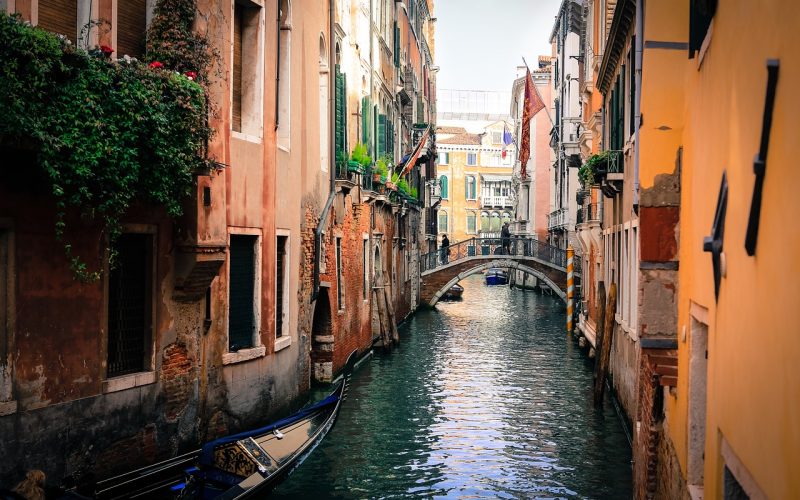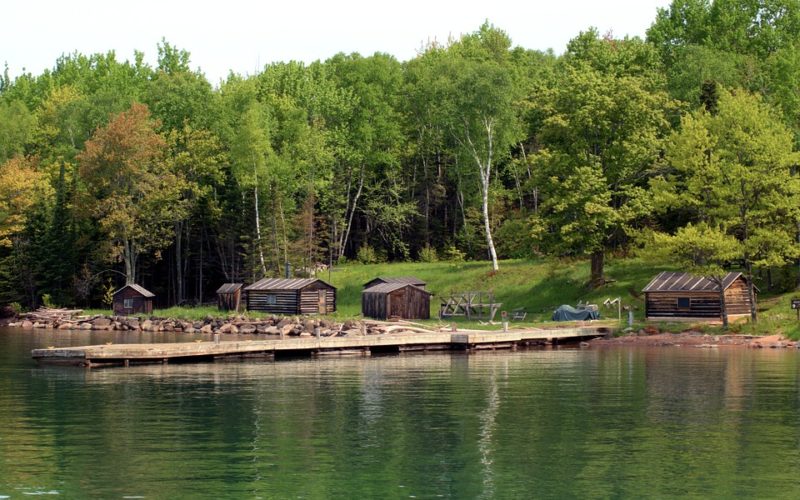How Venice Was Built
Venice, often dubbed "The Floating City," is renowned for its intricate network of canals and stunning architecture that seemingly defies the laws of physics. But how was this architectural marvel constructed? The answer lies in a fascinating story of human ingenuity, resilience, and adaptation to the challenges posed by nature.
Choosing the location
The initial settlers of Venice were Roman citizens fleeing from barbarian invasions after the fall of the Western Roman Empire. They sought safety in the remote islands of the Venetian Lagoon, which provided natural protection due to their inaccessibility by land. While the location offered security, it presented significant challenges for construction due to the marshy and unstable nature of the soil.
Foundations on water
The Venetians ingeniously adapted to their environment by developing a unique method of construction. To build on the watery terrain, they drove wooden piles deep into the lagoon bed. These piles, made primarily of alder wood due to its water-resistant properties, were driven into the ground until they reached a layer of compressed clay. Over time, the lack of oxygen under the water helped preserve the wood, preventing it from rotting.
Constructing the base
Once the piles were in place, the Venetians laid wooden platforms across them, creating a solid foundation above the water. On top of these platforms, they placed layers of stone. Istrian limestone, known for its durability and resistance to saltwater erosion, was commonly used. This method allowed the construction of stable buildings despite the challenging conditions.
Developing the city
With the foundations secured, Venetians began to construct their city. Buildings were erected close together, often sharing walls, which provided additional structural support. The city's layout developed organically, with narrow alleyways and winding canals replacing traditional streets. This unique infrastructure not only maximised space but also facilitated the movement of goods and people by boat.
Adaptation and innovation
Over the centuries, the Venetians continued to adapt their construction techniques, incorporating advances in engineering and technology. The introduction of brick and the development of sophisticated drainage systems helped manage the water levels and reduce flooding risks. Additionally, the city constantly reinforced and maintained its foundations, ensuring the longevity and stability of its structures.
Challenges and preservation
Despite its remarkable design, Venice faces ongoing challenges. Rising sea levels and increased tourism pressure threaten the city's delicate balance. Efforts to preserve Venice include modern engineering projects like the MOSE (Modulo Sperimentale Elettromeccanico), which aims to protect the city from flooding through a series of mobile barriers that can be deployed during high tides.
Venice's construction is a testament to human ingenuity and adaptability. Through innovative building techniques and continuous adaptation, the city has stood the test of time, offering a glimpse into the remarkable achievements of its early builders. Today, as we face new challenges, the lessons learned from Venice's past may provide valuable insights for future generations striving to balance development with preservation.












